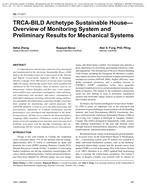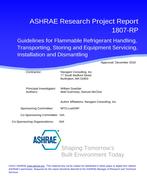Hospitalized patients with severe immune deficiencies are susceptible to infectious diseases. Environmental conditions for these patients must be maintained to minimize exposure to airborne spread of infectious agents from human and environmental sources. A new university hospital was designed with engineering controls for protection of immune bone marrow transplant compromised (BMT) patients. The control measures included: a sealed building, two stage filtration of all incoming air, positive room pressurization,point of use high efficiency filtration, and airflow controls on BMT rooms. Data obtained from an air quality monitor has demonstrated marked differences in concentrations of airborne fungal pathogens in BMT rooms, especially when compared to outside air and to an adjacent minimal air filtered building. Activity levels, with respect to maintenance and housekeeping in the hospital areas direcly affect the local air quality. With appropriate air filtration, pressurized sealed rooms and increased room air change rates, the investigation indicates that airborne microbes can be controlled in modern hospitals by other means than laminar flow design.
Units: SI
Citation: Symposium, ASHRAE Transactions, 1988, vol. 94, pt. 1, Dallas, TX
Product Details
- Published:
- 1988
- Number of Pages:
- 8
- File Size:
- 1 file , 770 KB
- Product Code(s):
- D-DA-88-12-2


